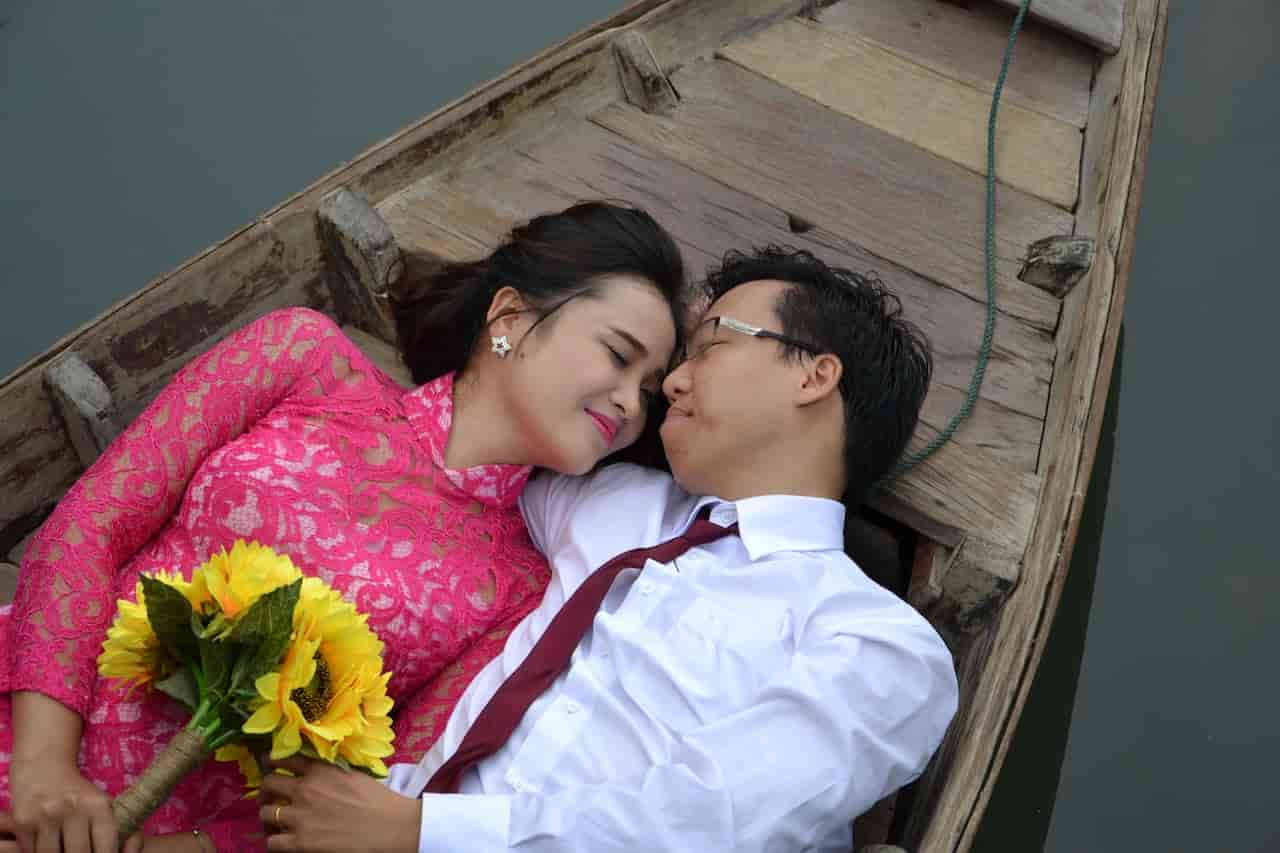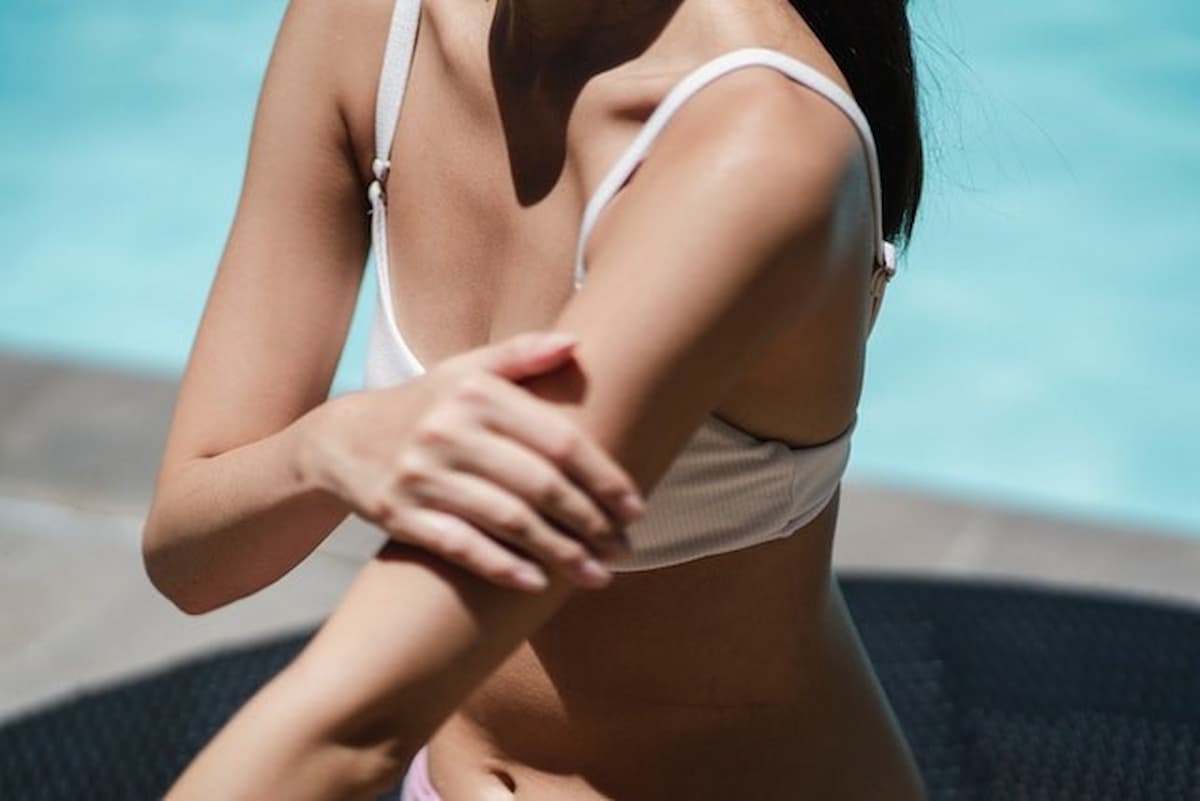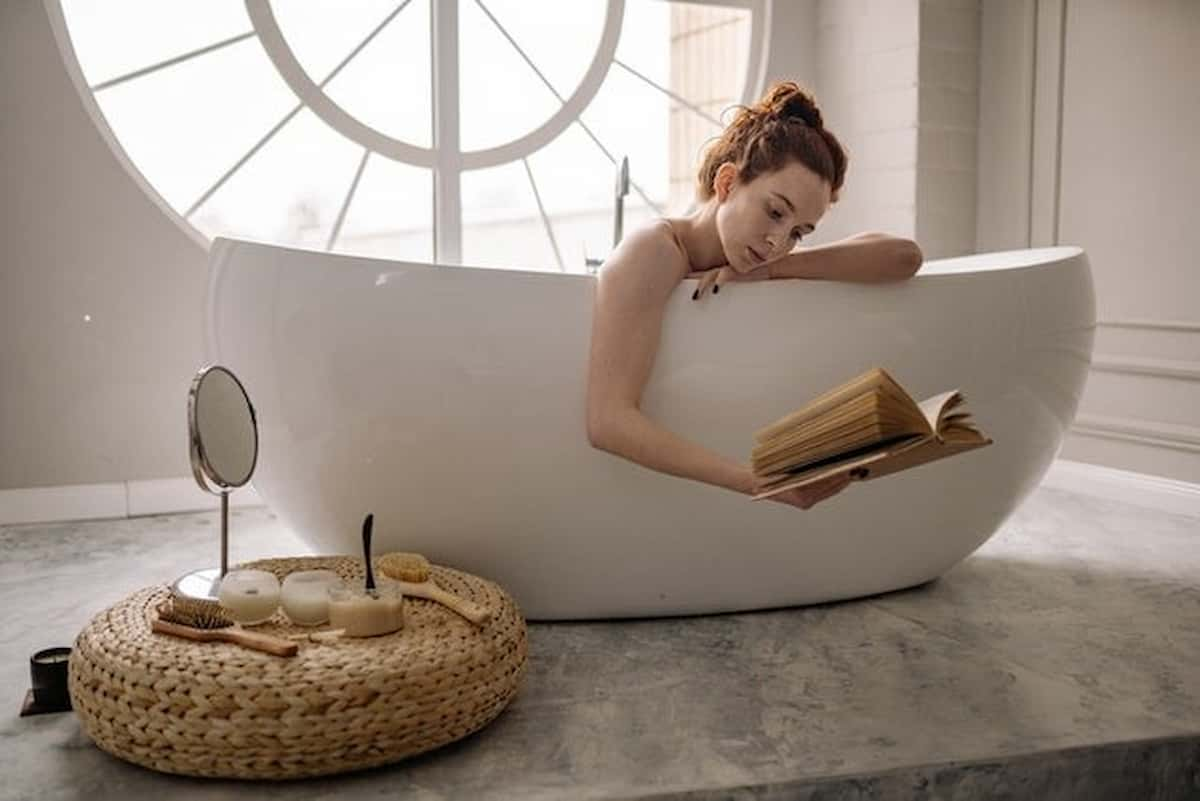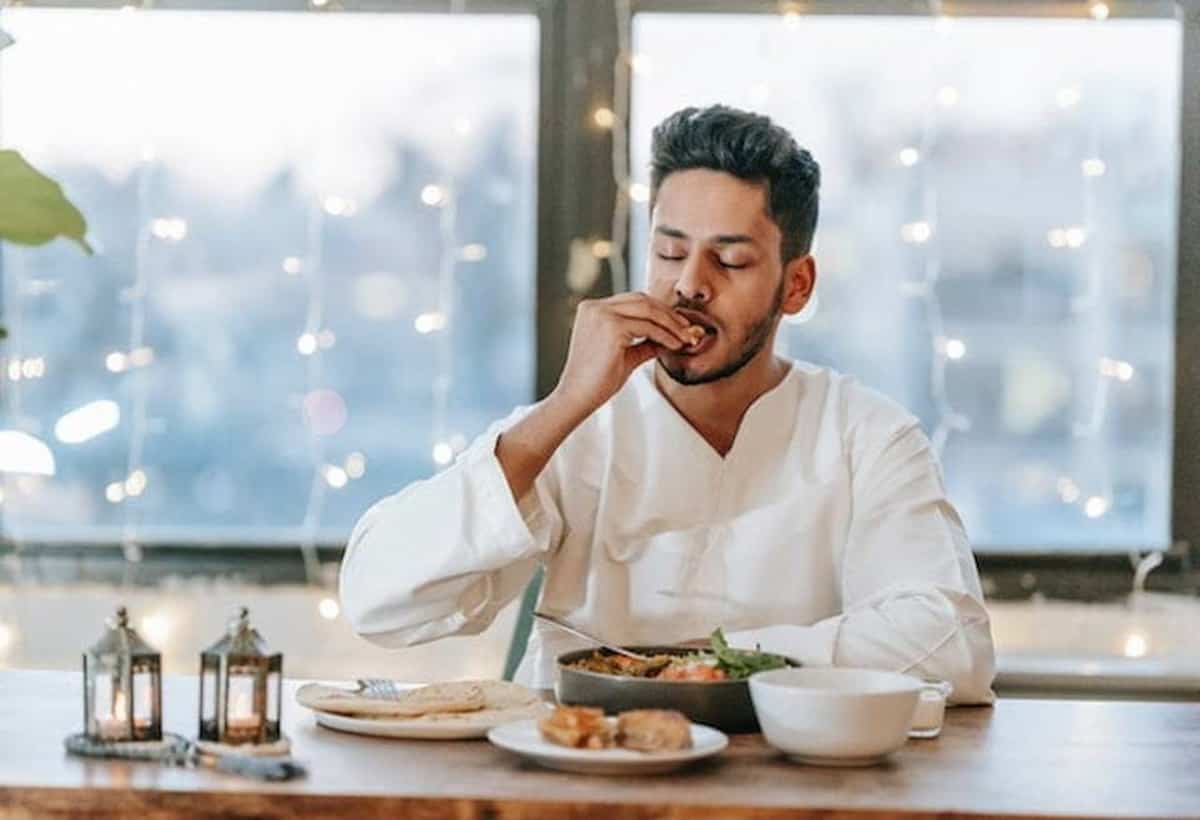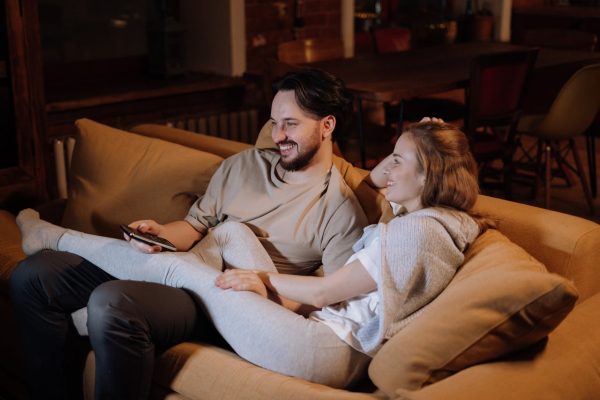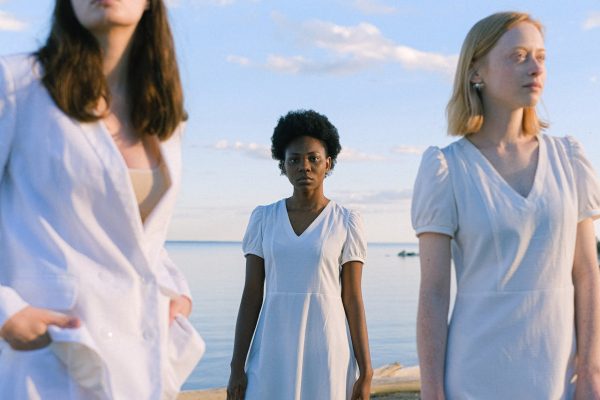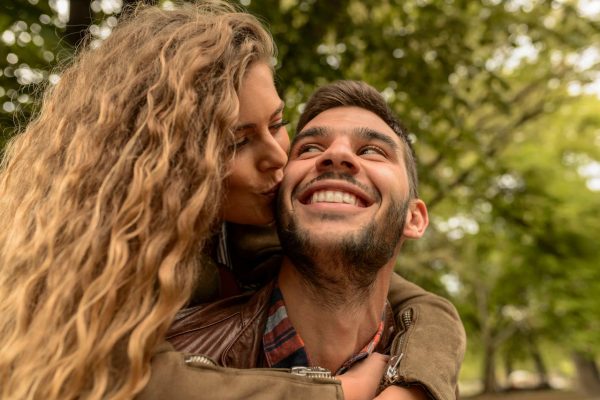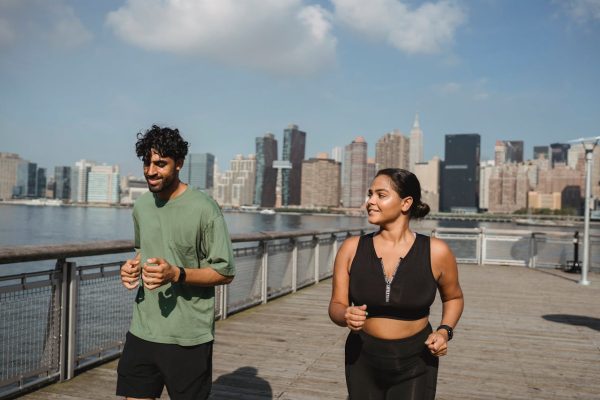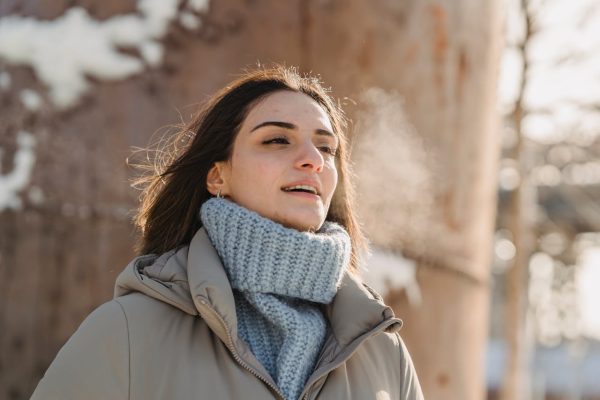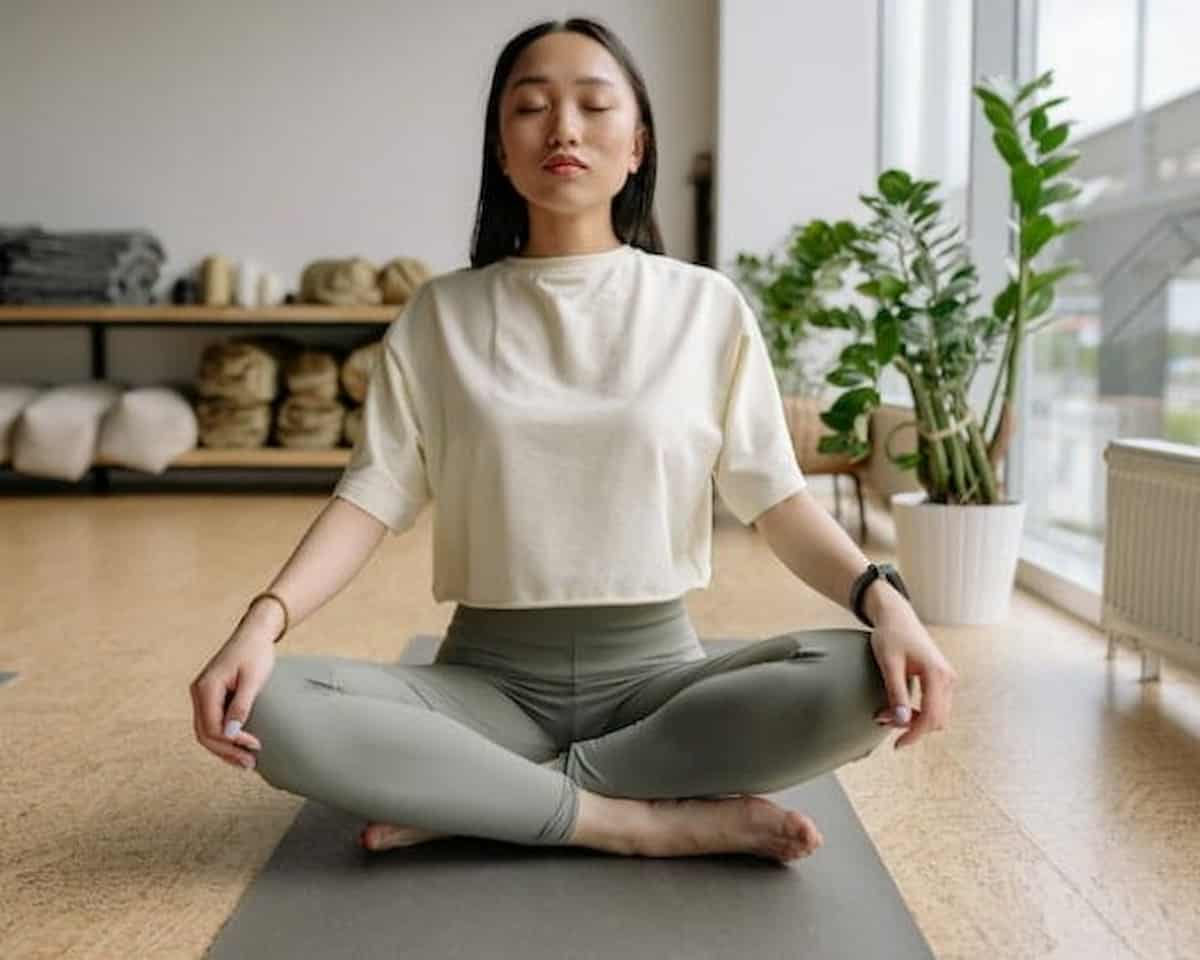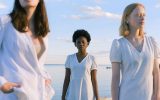Was the pandemic the occasion we needed to put a little more pure emotion into our lives?
Sitting in the subway car, I look across from me at a young girl with pink hair and colorful tattoos, intently reading. The book cover reads: “William Wordsworth, Poems”. This picture pleasantly surprises me. It takes me on a journey to the pages of literature, to scenarios of innocence, where everything that looks romantic is not bland and boring but pure and beautiful. Romanticism as a movement developed in western Europe in the late 18th century and influenced everything from literature and the visual arts to music. It is associated with emotion, freedom of expression, and detachment from dry logic. Attracted by the darkness of the Middle Ages, it is expressed in the historical novels of Sir Walter Scott, in the heroes of Victor Hugo and Alexandre Dumas, in the notes of Beethoven and Brahms, and in the paintings of Théodore Géricault and Eugène Delacroix.
When logic overcame emotion
In the recent past, minimalism and logic were often accompanied by demystification and cynicism. Electronic music, drug culture, interpersonal relationships in social networks, nihilism and denial, resistance to everything “rosy”. Romance has no place here. The economic crisis and rapid development of technology, the birth of social media, a storm of fake news, reality shows, and celebrities who put a price on their personal lives. Romance as a movement, act, and style is considered chatty, clichéd, and melodramatic.
And then, in 2020, we hit the brakes abruptly, as the time of the pandemic and of isolation came… We lived with the fear of a virus, but also with the reality of the ecological crisis. The dystopian imagery of Hollywood in the ’00s is no longer a movie scene; it’s a TV newsreel scene. We are trained in what the post-Covid era means, how to organize for the lack of energy resources, and how to protect ourselves from winter and summer natural disasters. The threat of terrorism makes the feeling of absolute freedom prohibitive even when traveling, while photos of potential mates and lovers on Tinder are switched at terrifying speed with the flick of a finger.
Anxiety, anger, and fear have taken the place of spontaneity, carelessness, and any romantic mood. During the lockdowns, social media platforms for networking caught fire, as did fast contact between lovers. The main goal was mental survival and the release of the tension that the situation itself brought about. But when the need for contact at any cost walks in the door, romance is out of the window. However, things seem to be changing in recent years; the romantics are coming back.
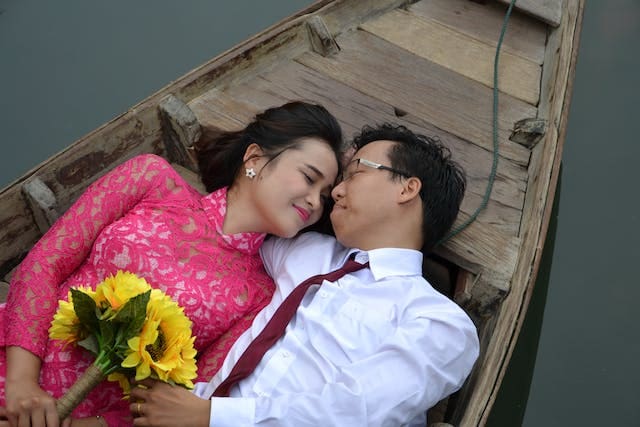
Bridgerton’s triumph
Music usually expresses social trends. Bands like Florence + The Machine are reviving romance and bringing it into the present day. Singers become more lyrical and dark in their lyrics, deifying haunted love. Romantic novels such as Jane Austen’s Sense and Sensibility, Emily Brontë’s The Wuthering Heights, Cervantes’ Don Quixote are once again the subject of discussion and cinematic re-approach. Romantic period series triumph on Netflix, such as Bridgerton, Outlander, and Mr. Sunshine. Emily in Paris steals the girls’ hearts. The recitation of poems returns as a performance in London and Paris bars . Amanda Palmer enjoys great success as a romantic punk priestess, and her partner Neil Gaiman, author of the darkest romantic tales, accompanies the lullabies. The sales of Italo Calvino’s romantic knights are increasing, and the standard of Mr. Darcy returns.
Fashion loves ruffles
Romantic prints steal the show on many catwalks. We see it in designers like Dion Lee, who suggests his corsets be worn with jeans, and Ulla Johnson, who creates wonderfully romantic knits with puffy sleeves. Haute couture houses such as Valentino and Chanel idolize volume, pastel shades, and “gentle” details. The pointed trims on sleeves and collars, reminiscent of 17th-century portraits of noblemen by Anthony van Dyck, return to dresses and coats.
In this phase of fashion, the woman, having fought for her rights, recaptures her femininity and sentimentality without feeling vulnerable. Elements like lace, ruffle detailing, and cocktail dresses for everyday looks are making a comeback, as are delicate silhouettes that follow the shape of the body. Clothing stores are once again filled with long floral dresses and tops with puffy sleeves, warm “girly” colors and airy fabrics.
Realism vs romance
If we accept that trends are born in the metropolises of the world, we cannot overlook that right now in New York, romantics are multiplying. The most popular clubs organize parties themed after the luxurious balls of the Victorian era, and the changing rooms are renewed. Bars like Diamond Lil in Greenpoint and Bemelmans Bar, with their romantic murals, become the talk of the town. Velvet sofas and baroque details in shops and restaurants are returning – of course, the half-light of candles never left.
A new fact brought about by the pandemic and confinement could be said to be the increase in romantic moments as a need for emotional communication, closeness, and sharing—something that we all lacked in the last two years. This is especially seen in new relationships, where partners have had the time to communicate online, but in the midst of a pandemic they have not been given the opportunity to express their romantic side, something they strive for post-normality. For many, romance is a way of life, a way of thinking, and a form of culture; they cannot and do not want to express themselves in any other way, at whatever cost this may have in their love life, such as creating an expectation of the perfect relationship.
What is certain is that men have always liked to open the door for women and offer them flowers. But the recent global lockdown has mobilized a large part of the population that does not accept isolation as normality and the screen as a substitute for the senses and now turns to what resembles purity, vivid expression of emotion, and sensuality. To the sounds of Daft Punk’s Something About Us, the song with perhaps the most romantic music video ever, I observe the girl in the train car and wonder if Lord Byron and John Keats would look amorous to her. At the end of the day, what matters is that if we have sunk into the maelstrom of realism, romance can emerge as a solution.
